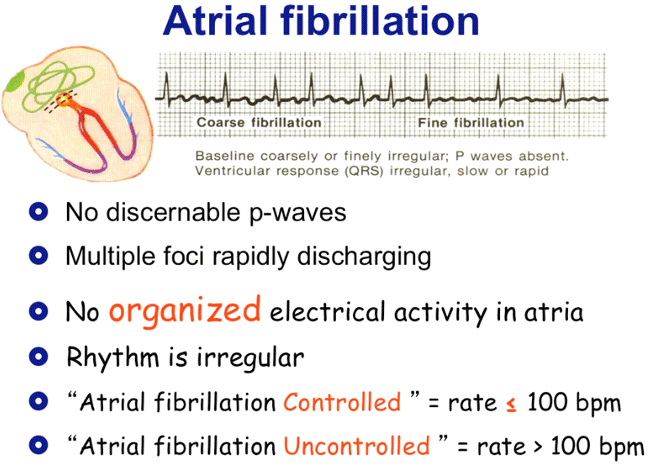

2 Patients with AFL can be very symptomatic and refractory to medical therapy, often requiring repeat ablation procedures. 1 Atypical atrial flutter (AFL) has been reported in approximately 8% of patients following AF ablation using RF energy. Single-procedure AF ablation is successful in 60%–80% of optimal candidates, but many patients require repeat ablation. The success rate of first repeat ablation is significantly higher among patients with recurrent atypical AFL as compared to recurrent AF after index AF ablation.Ĭatheter ablation (CA) of atrial fibrillation (AF) is a well-established procedure for the treatment of drug-refractory AF.


Patients developing atypical AFL after index AF ablation have greater LA dimensions than patients with recurrent AF. In our series, roof-dependent flutter is the most common form of atypical atrial flutter post AF ablation. Arrhythmia-free survival at one year was significantly higher in the recurrent atypical AFL compared to the recurrent AF cohort (75.5 vs. Major complications at repeat ablation occurred in 0.9% of the total cohort. Atypical AFLs were roof-dependent in 35.6% and peri-mitral in 23.8% of cases. Atypical AFL patients were more likely to have had index radiofrequency (RF) ablation (as opposed to cryoballoon) than recurrent AF patients (98% vs. 75.4 ml/m 2, p = .03) compared to AF patients at repeat ablation. The atypical AFL cohort had significantly higher LA diameters (4.6 vs. The mean age was 63.7 ± 10.7 years, and 72.6% of patients were men. Among these 336 patients, 102 underwent a repeat ablation procedure for atypical AFL and 234 underwent a repeat ablation procedure for recurrent AF. ResultsĪ total of 336 patients were included in our study. The demographics, clinical history, procedural data, complications, and 1-year arrhythmia-free survival rates were recorded for each subject after the first repeat ablation. We studied consecutive patients who underwent a repeat left atrial (LA) ablation procedure for either recurrent AF or atypical AFL, at least 3 months after index AF ablation, between January 2012 and July 2019. Data related to electrophysiologic characteristics of atypical atrial flutter (AFL) following atrial fibrillation (AF) ablation and its prognostic value on repeat ablation success are limited.


 0 kommentar(er)
0 kommentar(er)
